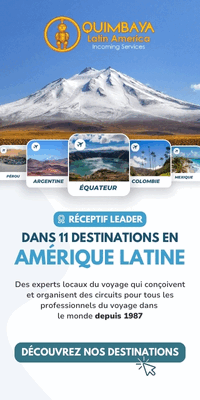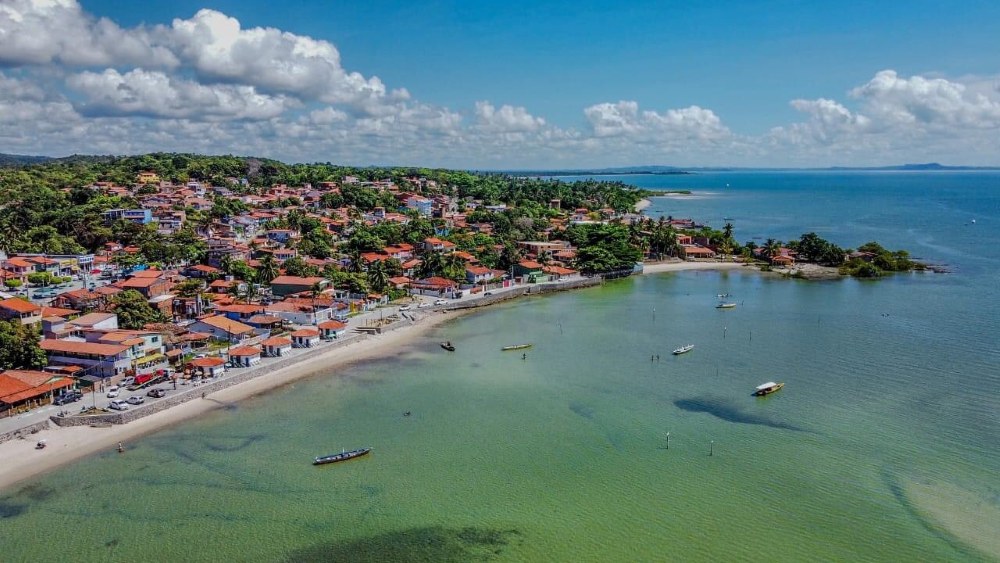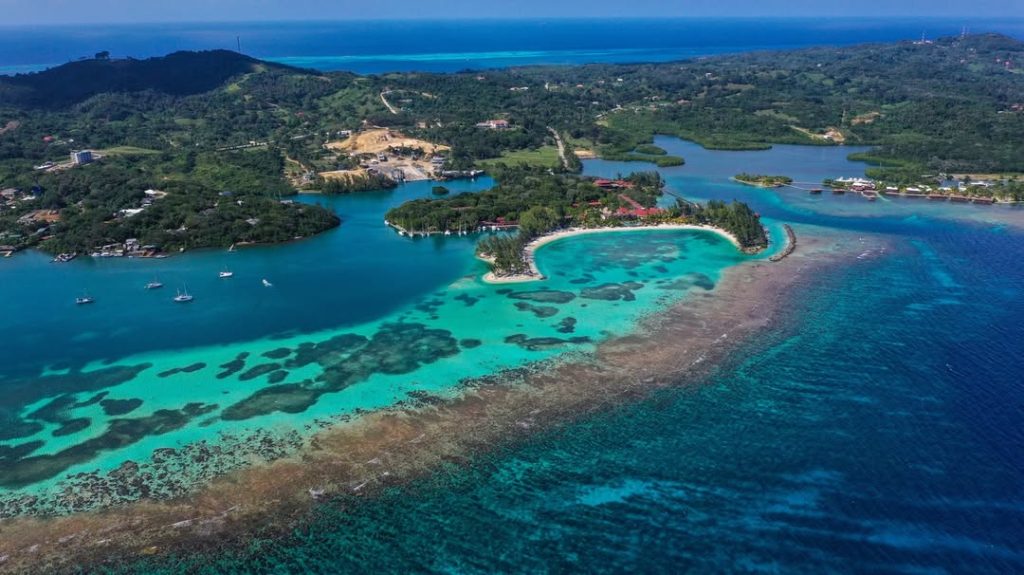Le tourisme autochtone a longtemps été reconnu comme un puissant vecteur de préservation culturelle, de développement économique et de sensibilisation à l’environnement. Le dernier rapport du World Travel & Tourism Council (WTTC) met en lumière ces dimensions, en insistant sur le rôle croissant que ce segment peut jouer dans le secteur touristique mondial. Plus qu’un simple outil économique, le tourisme autochtone permet aux communautés de partager leur savoir, leur culture et leurs traditions avec le reste du monde tout en garantissant leur autonomie et leur autodétermination.
Le rapport souligne que, dans le contexte global, le tourisme autochtone n’a cessé de se développer au cours des dernières années. Avec une prévision de croissance annuelle moyenne de 4,10 % d’ici 2034, ce segment pourrait atteindre une valeur de 67,05 milliards USD, contre 44,86 milliards en 2024. Une évolution prometteuse, mais qui exige des mesures spécifiques pour s’assurer que les bénéfices reviennent directement aux populations concernées.
Un modèle de succès global
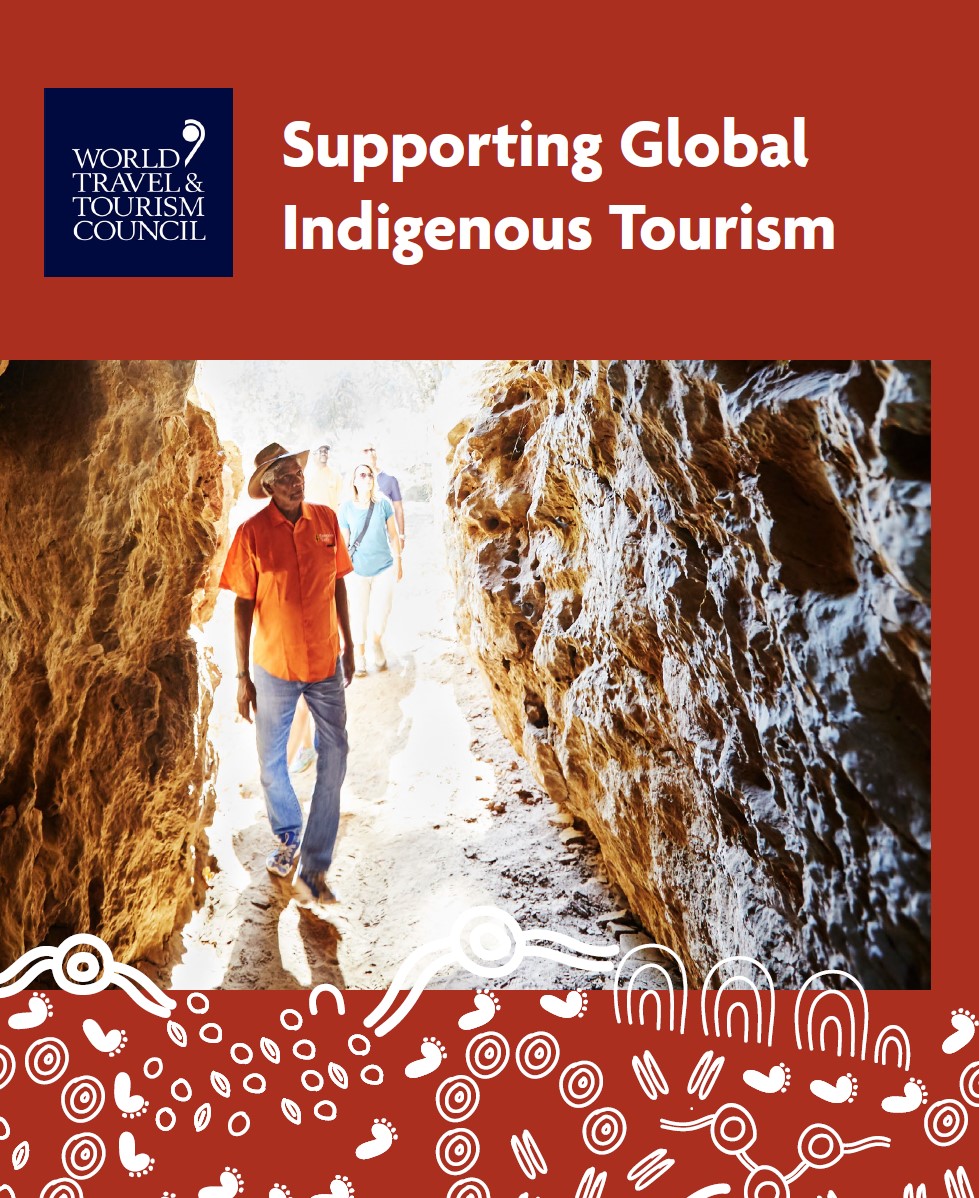
Le rapport cite plusieurs exemples mondiaux de pratiques efficaces en matière de tourisme autochtone, notamment au Canada, en Australie, et en Nouvelle-Zélande, où des initiatives locales ont permis de renforcer les liens entre les communautés autochtones et les visiteurs, tout en stimulant les économies locales. Ces projets ont favorisé la création d’emplois, la revitalisation des pratiques artisanales, et la mise en place de mesures pour préserver l’environnement.
L’histoire de Tene Waitere, un artiste Maori néo-zélandais, est emblématique de ce mouvement. Ses œuvres, vendues à travers l’Europe, témoignent de l’importance du tourisme pour les artistes et artisans autochtones. Cet exemple met également en lumière une problématique centrale de ce rapport : bien que les communautés autochtones jouent un rôle clé dans le secteur touristique, elles sont souvent exclues des retombées économiques et des opportunités de développement.
Notre entretien : Elio Cunampio, Artiste en peinture corporelle et photographe de la Communauté indigène Emberá
Focus sur l’Amérique latine
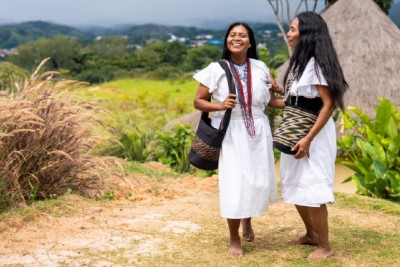
En Amérique latine, le potentiel du tourisme autochtone est immense. Avec une diversité culturelle et ethnique remarquable, les populations autochtones de cette région sont les dépositaires d’un patrimoine riche en savoir-faire artisanal, en traditions et en langues anciennes. Le rapport du WTTC mentionne notamment l’essor du tourisme communautaire dans des pays comme le Pérou, la Colombie et le Panama, où des initiatives locales mettent en valeur les savoirs ancestraux.
Au Pérou, par exemple, les projets d’écotourisme au sein des communautés Quechua dans les Andes ou des populations Kukama dans l’Amazonie péruvienne sont de plus en plus prisés des visiteurs. Ces initiatives permettent non seulement de préserver les écosystèmes locaux, mais également d’assurer une transmission intergénérationnelle des pratiques culturelles. La récente création de Kipi, un robot éducatif qui aide à préserver les langues indigènes dans les régions reculées du Pérou, est un exemple innovant de la façon dont la technologie peut soutenir la préservation culturelle tout en attirant des touristes soucieux d’en apprendre davantage sur les traditions locales.
En Colombie, le gouvernement a mis en place un plan stratégique pour promouvoir le tourisme autochtone dans des régions comme l’Amazonie et la côte pacifique. L’Association Nationale de Tourisme Autochtone de Colombie (ASONTIC), créée en 2022, accompagne les entrepreneurs locaux dans le développement de projets touristiques tout en veillant à la préservation de leurs territoires et à la promotion d’un développement socio-économique durable.
Défis et opportunités
Si le tourisme autochtone offre de nombreuses opportunités, il reste des défis à relever, notamment en matière de financement, de gouvernance et de contrôle de la narration. Le rapport de la WTTC plaide pour une meilleure inclusion des communautés autochtones dans la gestion des projets touristiques et pour un accès facilité aux financements. Les communautés doivent pouvoir contrôler le développement de leurs terres et bénéficier pleinement des retombées économiques.
L’Amérique latine, avec ses vastes territoires et ses nombreuses communautés autochtones, se trouve à un tournant. En investissant dans le tourisme autochtone, la région peut non seulement dynamiser son économie, mais aussi contribuer à la protection de ses écosystèmes et de son patrimoine culturel. Le rapport appelle les gouvernements et les acteurs privés à collaborer étroitement avec les communautés pour garantir un développement respectueux et durable.
Le rapport du WTTC montre que le tourisme autochtone n’est pas seulement une source de revenus pour les populations locales. C’est aussi un moyen de promouvoir l’identité culturelle, de préserver les écosystèmes fragiles et de renforcer les liens entre les peuples. Dans un contexte où les voyageurs cherchent de plus en plus des expériences authentiques et responsables, l’Amérique latine est en bonne position pour devenir un leader du tourisme autochtone mondial.
Crédit photos : WTTC

